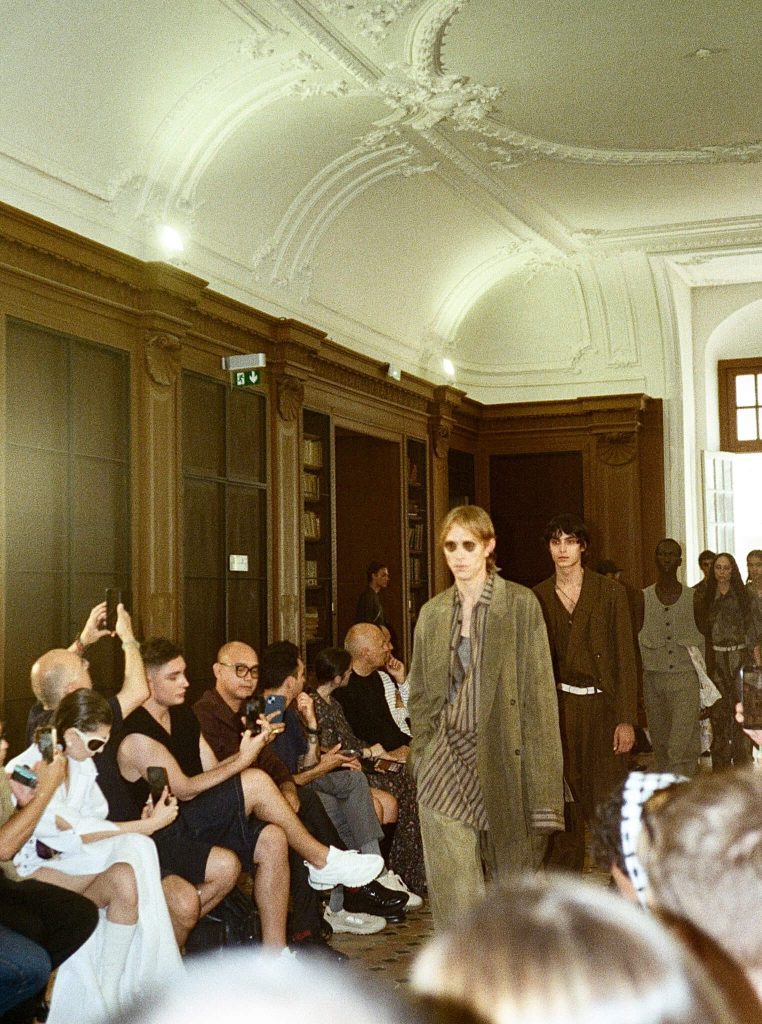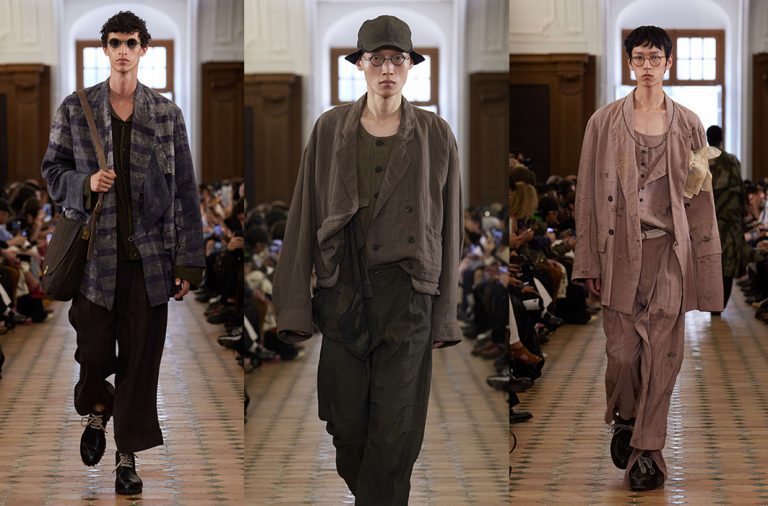Drawing inspiration from the rich cultural tapestry of Jiangnan, China, Ziggy Chen’s designs echo the beauty of Song dynasty art while embracing modern sensibilities, blending contemporary and traditional. His latest collection, GNARTRICATE, captures the themes of growth and decay through a sophisticated collage technique, incorporating elements of nature’s chaos and elegance. Through his thoughtful work, Chen reflects on his journey as a designer, his approach to preserving cultural heritage while pushing the boundaries of fashion, and his vision for the future of his brand.


hube: Your work beautifully blends traditional Chinese elements with modern fashion. Could you share a specific instance where a traditional motif inspired a contemporary design in your latest collections?
Ziggy Chen: Living in Shanghai, a modern metropolis surrounded by cities and villages rich in traditional culture like Suzhou and Hangzhou, which epitomise Jiangnan culture in China, I find daily life steeped in these influences – from cuisine and customs to the shapes of flora and the hues of architecture. As people mature, they often shift from admiring distant beauty to appreciating the overlooked splendour around them. In our latest collection, ancient trees from traditional gardens serve as raw material, their timeless beauty reimagined into patterns for the new season. These designs draw inspiration from the expressive forms and intricate details found in traditional Song dynasty paintings. Our aim isn’t to replicate tradition but to organically express it in harmony with contemporary lifestyles.
h: The 25SS collection, GNARTRICATE, highlights the intricate beauty found within nature’s chaos. How did traditional Song dynasty paintings inspire the collage technique used in your prints for this season, and how do these prints reflect GNARTRICATE’s themes of growth and decay?
ZC: Since the AW20 season, traditional Song dynasty paintings have fuelled our passion for developing print patterns, evolving continuously. Each print in this collection embodies the theme with intuitive complexity, akin to an essay’s exploration of tangled ideas. The collage technique allows us to layer and juxtapose different motifs, reflecting the chaotic yet harmonious interplay of growth and decay found in nature.

